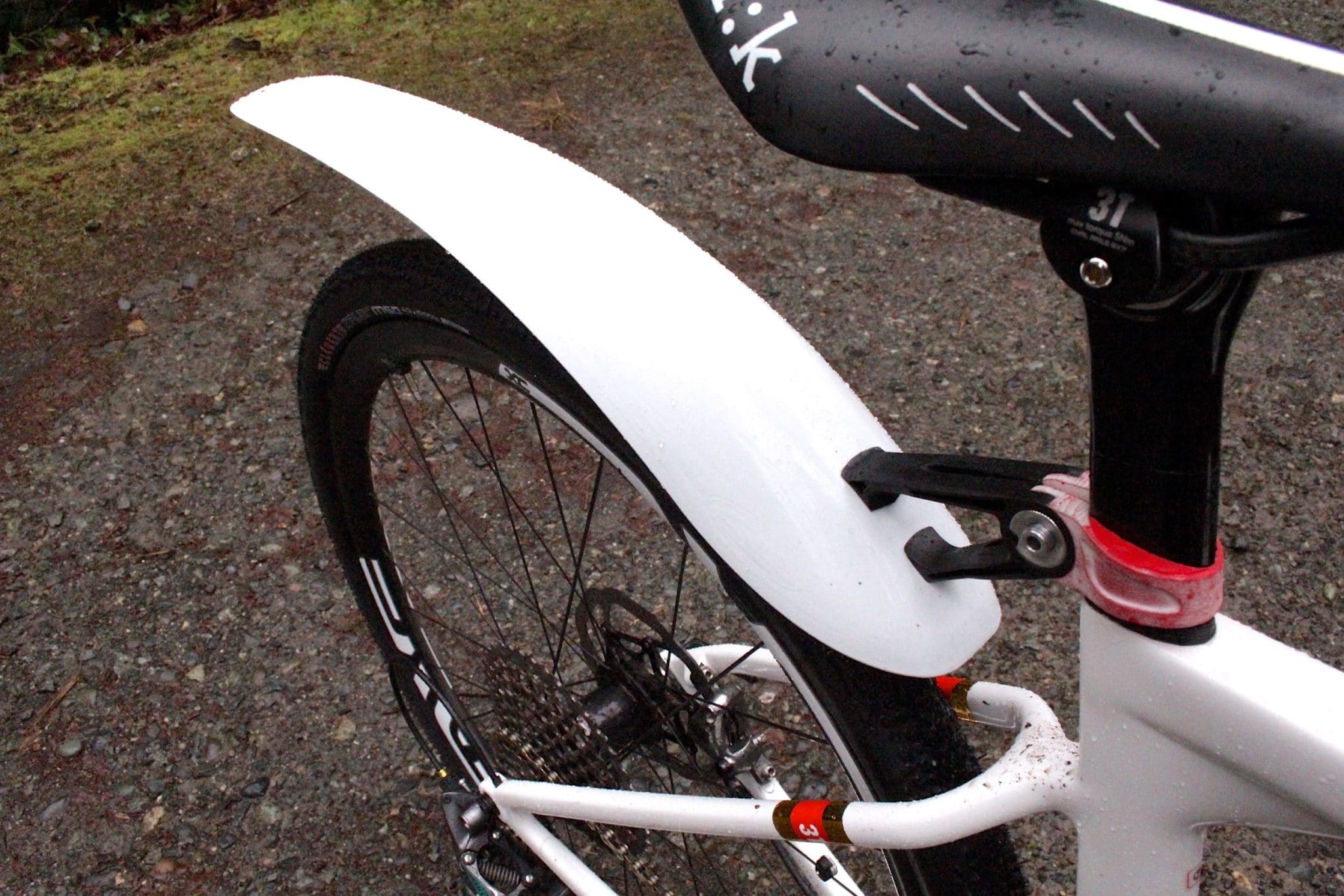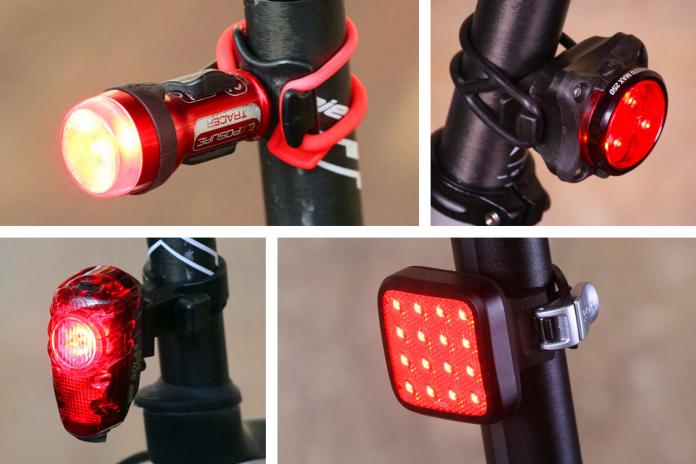Ottawa has an average of 150 days a year when the minimum temperature is at 0 °C or below. This does not mean that you can not get out and ride in these tougher conditions! We have 6 tips on How to winterize your bike and pound out winter miles.
In good biking days, 2.4% of bikers ride to work, but when the winter hits hard most people switch to car or transit pass. Some think that it is flat-out insane to bike in winters as they think it’s cold and too dangerous. We understand their feelings because they have never tried it. On the other hand, some hardy winter riders still say that winter is a great time for biking. With just a little extra work you can winterize your bike and run smoothly.
To make the most of this season winterized your bike by following the tips we have listed below:
6 Tips on How to Winterize Your Bike
1. Put on Winter Tires:
The first step to winterize your bike is to change your regular bike tires to knobby tires. Because the last thing you would want to do is fix a flat tire in the freezing chill and wet weather. It is essential to get the right tires before hitting the road in the bitter cold and wet season for a safer commute.
Buying studded tires are an awesome investment if you plan to ride on icy roads because they are durable and feature puncture resistance. These will not only enhance your grip on the road but also perform higher than the usual tires you ride on in the summer.
You need to check for the measurements of the widest possible tire you can accommodate on your bike. To gain the most traction on the snowy paths, you will require a wider tire that can run at lower pressure. Studs are typically priced from $40 to $100 per tire and can more than double the weight of your typical slick. If you encounter sand and dirt on your daily commute route then choose tires with shallow grooves to increase the traction.

2. Install Fenders:
The ideal way to winterize your bike and save it from the wear and tear of the hard season is to add fenders. The best thing about the fenders is that it now fits a variety of bike widths. As there is nothing worse than having a wet and soggy chamois, therefore, install fenders to help your bike stay drier and warmer.
The full-covering fenders are ideal when it’s raining but in extreme icy situations the water will freeze inside and fenders will fail miserably. Therefore, always go for clip-on fenders because they can be easily removed and emptied in case they get jammed or clogged with snow.
The key functions of bike fenders are:
- Keep water spray from the front wheel
- Avoid blasting grease out on your headset, bottom bracket, pedal bearings and most importantly your expensive shoes
- Rear fenders protect you from the icy cold back shower
- Stops the water from blasting at the back of your seat post
- Blocks water to go into the frame and bottom bracket
- Rear fenders help keep the spray off the chain and chainrings

3. Add Appropriate Lights:
According to a data indicating hours of sunlight in Ottawa, Ontario range between 2:29 each day in December and 9:03 per day in July. Due to such a short daylight duration, it is mandatory to install sufficient lights on your bike to be seen at all times. Keep an extra set of clip-on lights with you, always wear bright clothes to ensure your clear visibility to other motorists on the road.
Lights work with batteries and these batteries are temperature dependent. They work in specific temperature ranges. Therefore, experts suggest keeping your taillights in your backpack and mount your headlight on the helmet, when going for the morning commute. Keep the light inside during the daylight so that the batteries do not get wasted.
The unit for measuring the power of light is Lumen, it can be anything between 30 and 1000 lumens. If you want to ride near to daylight then opt for a front light of 1000+ lumens and gain full foresight.
The backlights can start from 60 lumens. It is enough to be seen on the road. They usually work on AA batteries and provide 180-degree side visibility.


4. Clean Your Bike Regularly:
Create a good bike cleaning habit after each winter ride. As the temperature drops and weather get bad, it becomes a Herculean task to keep the bike clean. The goal here is to regularly get the grime out off your bike frame and other moving parts. Otherwise, they will get collected and clog the crucial parts of the bike.
Make a routine of quickly washing and drying your bike after return from a winter ride. The Best way to do this is by keeping a bucket and sponge ready at your bike parking space. Take soapy warm water in the bucket and sponge off the dirt off your bike. After thoroughly dribbling water, wipe it dry. Leave the bike for 15 minutes in open air to allow all components of the bike get completely moisture free.

5. Regularly Lube the Bike:
Usually in winter there is a lot of precipitation in the atmosphere. The use of gravel, sand and salt on the roads frequently comes in contact with your bike. It is ideal to clean and then lubricate properly the derailleurs and brakes to make sure that they function smoothly amid the rough weather.
Everyone has their personal preferences on the chain lube, so we will not recommend any specific type. Remember you should only choose the one that is according to weather conditions. For wet/winter conditions you would want somewhat that does not wash away easily. There are numerous options available in the market. It’s better to ask for an expert opinion if you are not sure.

6. Wax:
Applying wax on your frame and other components of the bike acts as a protective shield that saves them from moisture and debris. Winterize your bike with waxing also wards off corrosion. They are available as quick and easy to apply spray on and wipes offs.
Usually aluminum, titanium and carbon does not corrode but under extreme winters they eventually start to rust. To safe guard them you can wax all the surfaces of your bike.
Summary
Winter is almost here, and we understand that the conditions are difficult to ride in. Despite the tough weather if you are willing you can hit the road but only after doing a few tweaks to winterize your bike.
Winter bike riding is a challenging task, however, if you prepare accordingly then you can have an awesome winter biking experience. Winterize your bike and enjoy biking to the most even in snow, black ice, downpours and darkness. You can comfortably go for winter bike riding just by preparing your bike and yourself for cold days.
